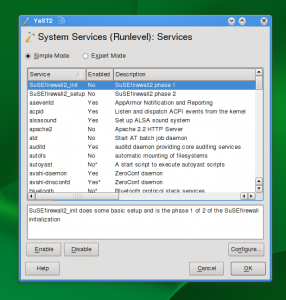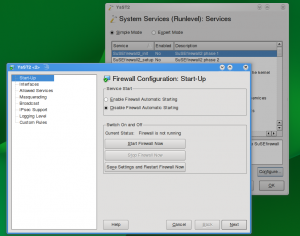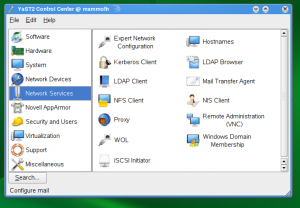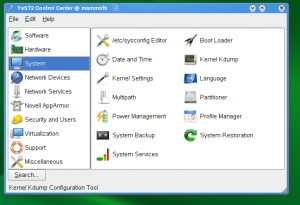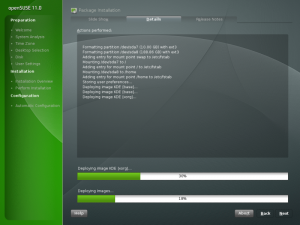You probably know that a lot of openSUSE developers are sitting in the SUSE office in Prague, Czech Republic. They are also openSUSE users.
The whole story started by a flame on a mailing list why some of us are not happy with the current state of openSUSE. It turned out there is a lot of different issues. So, we’ve met on a raining winter Friday 3 weeks ago to collect those issues as well as things that people consider to be good about openSUSE.
The result of the hours-long discussion is a list of positive and negative things about openSUSE, very subjective view of the group of developers in Prague. Go, look at the list. There is a lot of problems that I personally see lurking in our community, spelled out loud. The range is wide, from basic community issues to very technical problems that are basically missing features in the distribution.
So, we have collected the feedback. But the question is, what to do with it?
Firstly, I believe the lists are great food for thought. You might not agree with everything, but still, there is some truth in it. At least, those are problems that people consider important enough to try to solve them – encouraging.
Secondly, consider this blog as call for contribution. If you believe some of the areas are really worth improving, get in touch with people listed on the wiki, improve the description in the wiki, propose solutions. One restriction though – please, do not add additional items to the page. We want to keep the ideas where they belong – features eventually to end up in openFate, project-related problems on the mailing lists, …Also, this is not a general list of issues the openSUSE project needs to address. As I’ve written above – the page is a subjective view of a group of people. If you think we need a more general approach, please, bring the idea on openSUSE mailing lists.
Looking forward to your feedback!

